Westfort Crkvice
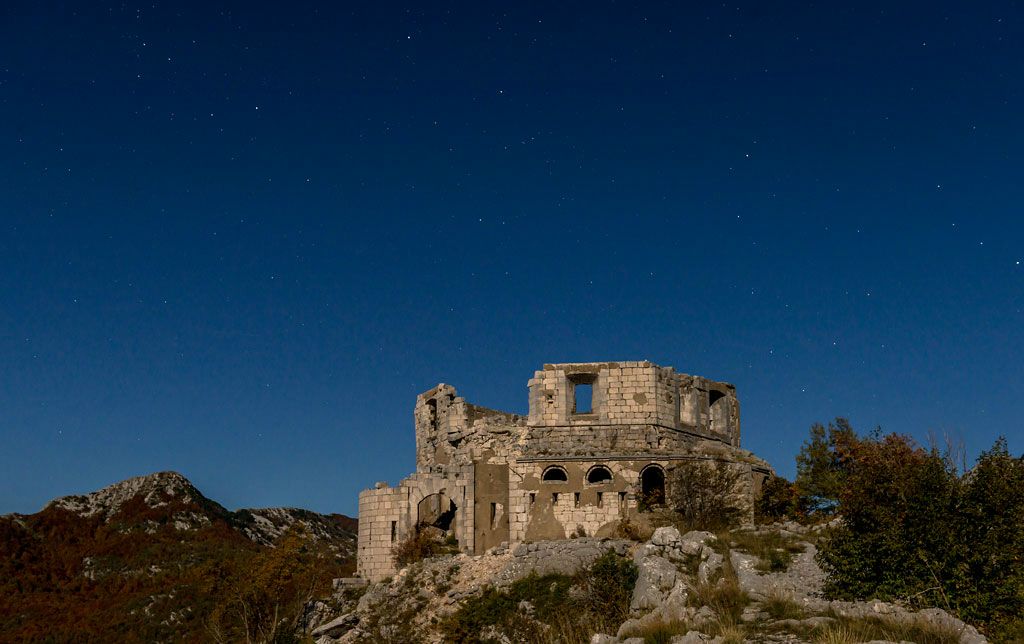
Austro Hungarian fortifications in Montenegro – the forgotten architectural heritage. For tourists they are a revelation, their access roads are very attractive hiking paths, their locations provide excellent views. Military experts still admire the expertise of their planners.
Sveti Andrija Fortress
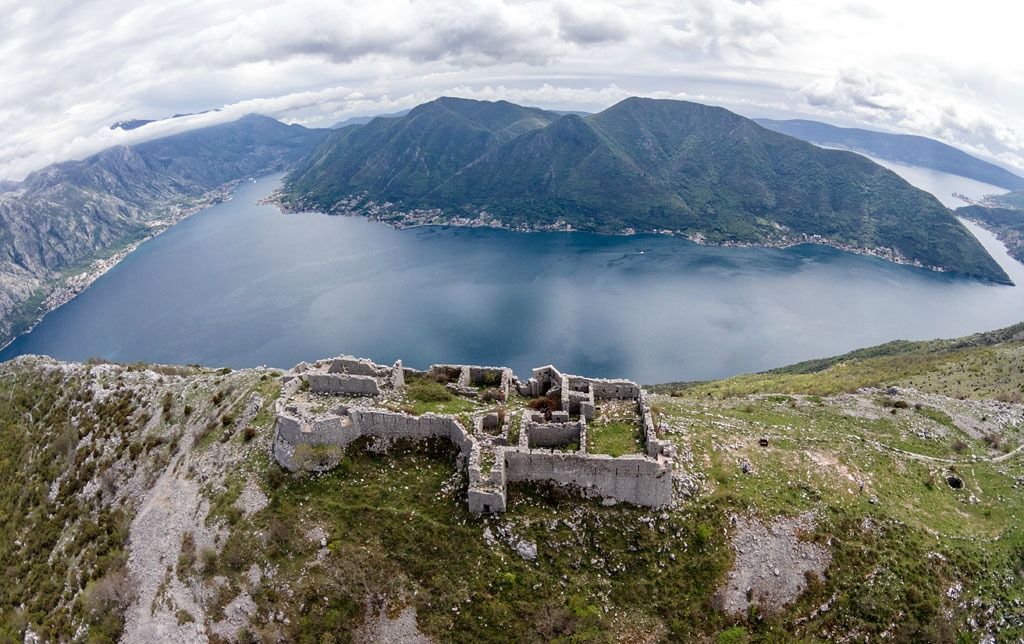
” In addition to the 83 fortifications which I visited all, I guess there’s more, plus additional: roads, infrastructure, barracks, officers clubs, bakeries, clinics, hospitals, cemeteries, shooting ranges, hotels, shops, workshops and even theaters that were built on some of us completely strange places – so the entire system “Sea fortress Boka” can function in the right way.. There is actually so much done that when you get into a little more detail in this issue, you simply get a headache," emphasizes Radojica Pavicevic, retired colonel author of book "Werk – Austro-Hungarian forts in Montenegro."
Fort Šanik
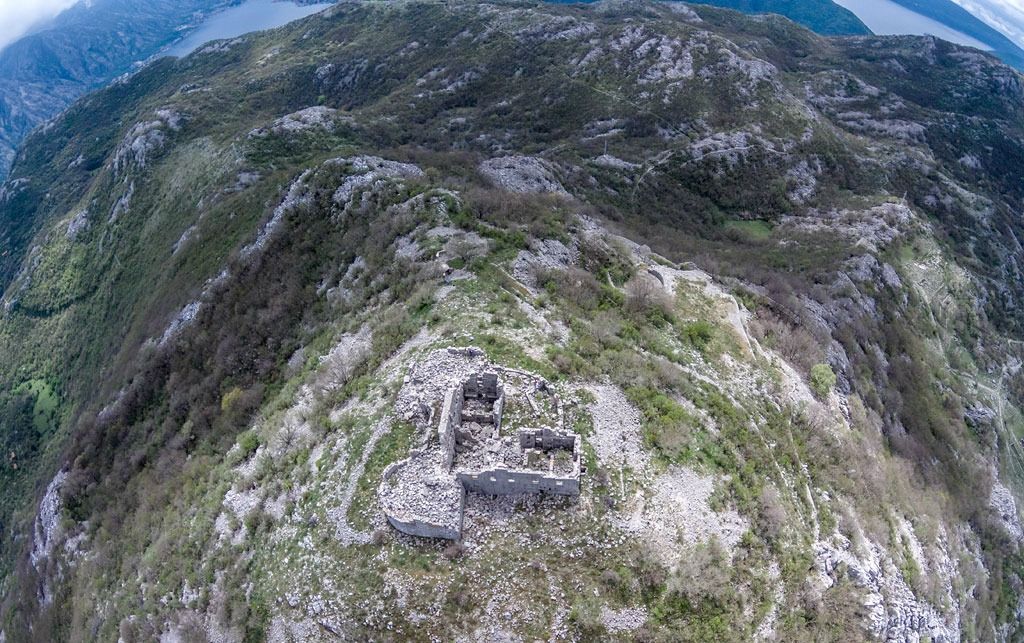
The residential part of the letter “G”, a semicircular courtyard and two semicircular combat squads looking towards Montenegro. The southernmost tip of the Austro-Hungarian Empire included the area of the Bay of Kotor, which was used by the empire as a major naval base centered on the town of Kotor (known then as Cattaro).
However, Austrian control of the area was not secure. Two serious rebellions were mounted by the powerful Krivošije clan who lived on the eastern flanks of Mount Orjen above Risan. In 1869 the clan defeated an Austro-Hungarian force sent to quell their rebellion, while their local allies attacked Fort Kosmač. A second rebellion in 1882 was eventually put down by the Austrians.
Fort Kom or Ostfort Crkvice
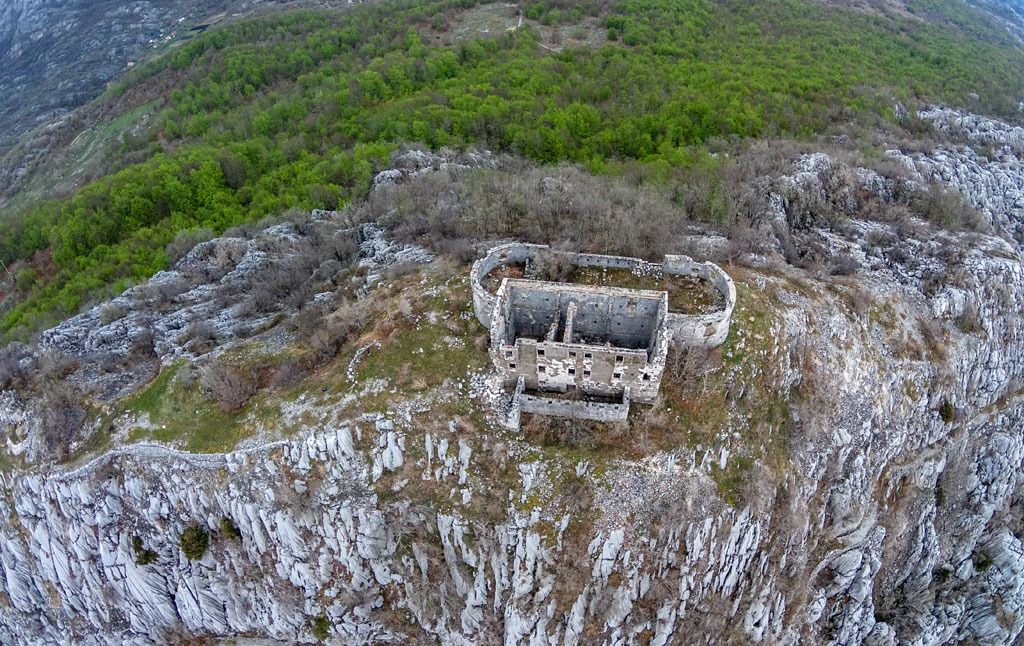
Montenegro suffered severely in World War I. Shortly after Austria-Hungary declared war on Serbia (28 July 1914), Montenegro lost little time in declaring war on the Central Powers – on Austria-Hungary in the first instance – on 6 August 1914, despite Austrian diplomacy promising to cede Shkoder (Albania) to Montenegro if it remained neutral.
The specificity of these fortifications is also that they are all built in a time when there was no radio communication, so there was a special signal department that was part of the Austro-Hungarian troops in Boka.
Fort Goražde
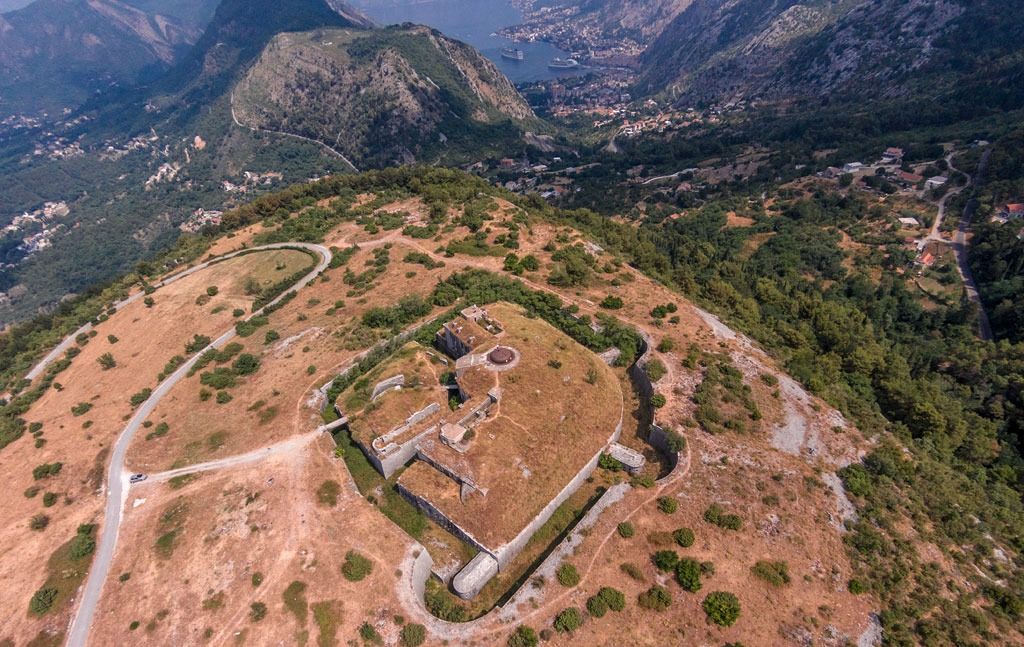
The current fort was built between 1884–86 and replaced an earlier structure on the same site; its most notable feature is a 100-ton Gruson rotating turret on its roof, the last remaining example of its type. The fortress was heavily attacked by the Montenegrins from positions on Mount Lovćen, prompting the Austro-Hungarians to add the two concrete infantry positions on the roof in 1915 to guard against close-range attacks.
Although it was bombarded with artillery weapons of up to 24 cm (9.4 in) caliber, they did little damage and in 1916 an Austrian offensive pushed Montenegrin forces out of artillery range. The fortress was repaired and stripped of its guns, which were used to support the Austrian field army. It was taken over by the Yugoslav Army following the war and continued to be used as an army depot until as recently as the early 1990s. It is now abandoned and is freely accessible by the public. However, its accessibility and lack of protection by the state has meant that it has been extensively targeted by metal thieves, who have stolen many of the fort’s interior fittings.
Fort Kosmač
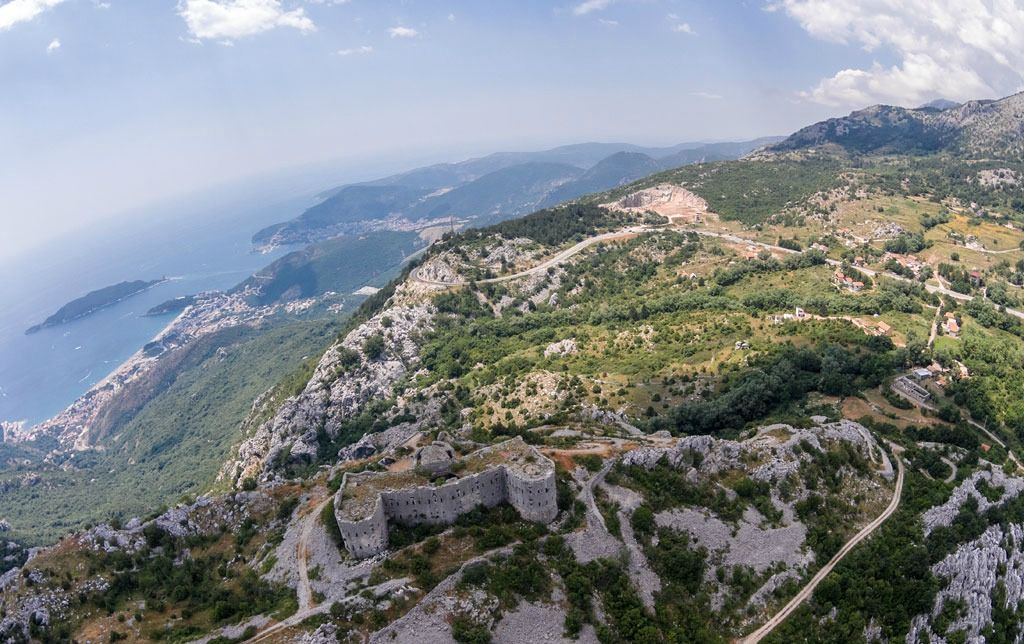
Fort Kosmač was the southernmost fortress in the Austro-Hungarian Empire, guarding the southern extremity of the border between the empire and Montenegro. It is situated on a hilltop overlooking the road between Budva on the coast and Cetinje, the Montenegrin capital at the time. After passing to the newly established Yugoslavia, it was garrisoned again by Italian troops for a period in the Second World War. The building is now abandoned and in a ruinous condition. The construction of Fort Kosmač probably began shortly after the border was demarcated in 1841; it was completed around 1850. It was garrisoned by 6 officers and 248 soldiers of various specialties and was armed with 240 mm cannons. During the Krivošije rebellion in 1869, the fort was attacked by a local clan. Its commander Friedrich Merz was shot and killed by Vukale Perov Stojanović from nearby Brajići, who subsequently became something of a local hero and is commemorated in Brajići’s church. Merz’s death was attributed by the press to his “own imprudence”, as he had chosen to take a walk outside the fort while it was under siege from the insurgents. It was not captured and in 1875 it hosted a visit from the Emperor Franz Josef I of Austria.
Fort Punta Oštro (Croatia)
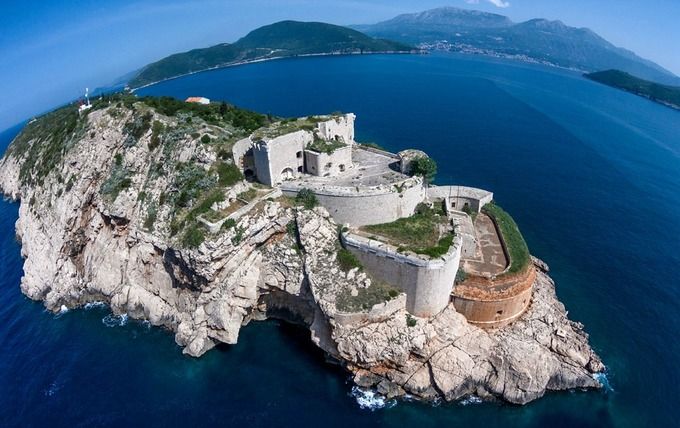
Fort Luštica
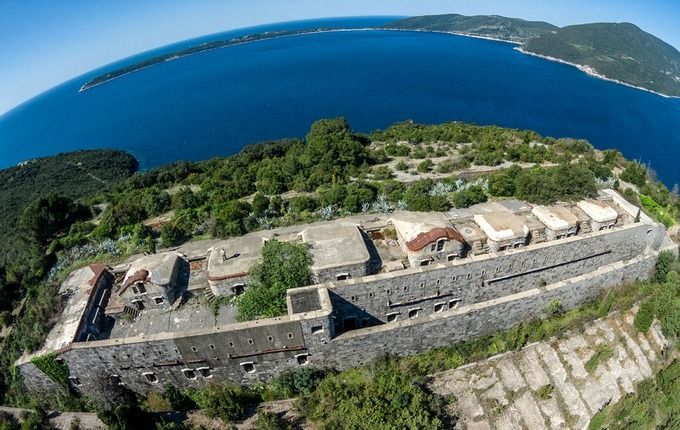
Fort Arza
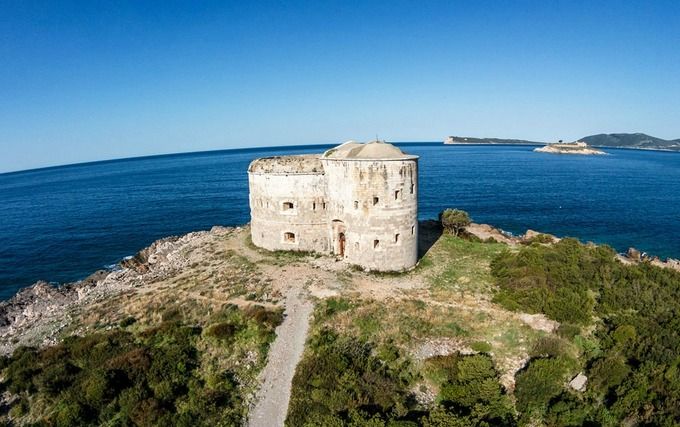
Gospa Island
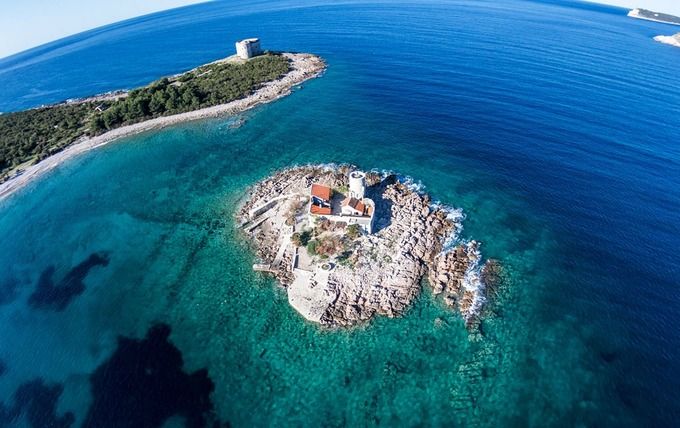
Fort Trašte
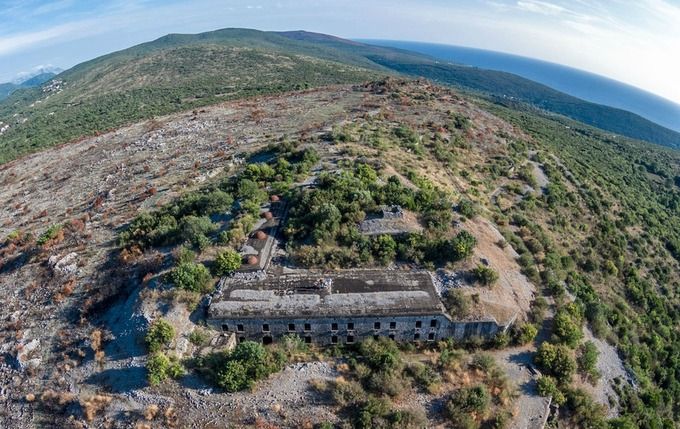
To the south-west of Kotor is the flat plain of Tivatsko polje, on which Tivat Airport now stands, with a range of low hills lying between the plain and the sea. The fort is situated on the hill of Grabovac overlooking the Bay of Trašte on one side and Tivatsko polje on the other. The main road through the region, now the Adriatic Highway, was of vital strategic importance to the Austro-Hungarians as it connected their southernmost possessions – Budva and the surrounding area – with the naval base at Kotor and the port at Tivat. At the start of the 20th century, its defenses comprised a series of temporary fortifications established up to 40 years previously. Montenegro’s 1905 acquisition of powerful new long-range artillery guns, which put the entire coastal strip within range of shellfire, made the existing fortifications obsolete. This prompted the Austrians to set up in 1906 a “Commission to Secure the Naval Base of Cattaro”. It was decided to establish a powerful new fortress on Grabovac hill which would be a combined artillery fort and a forward infantry stronghold. It would form part of an integrated defense system to counter the Montenegrin batteries on Mount Lovćen and prevent sea attack.
Fort Mamula
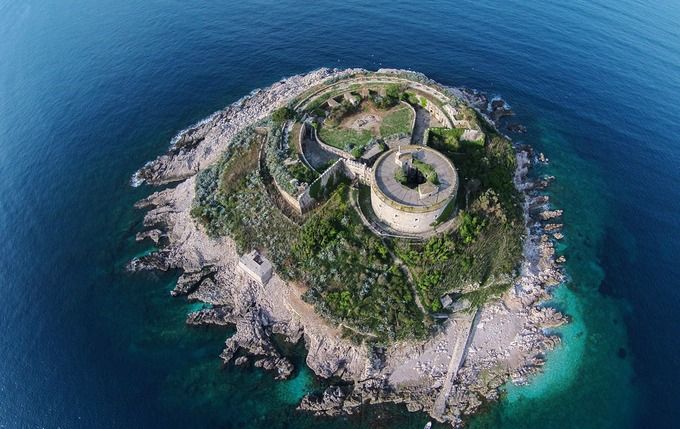
The island has a fort, built in 1853 by Austro-Hungarian general Lazar Mamula. The fort takes up about 90% of the island’s surface area. Along with the fortification on Prevlaka’s Cape Oštro as well as Arza fortification on Luštica’s Cape Mirište, both of which were erected at the same time also on the suggestion by general Lazar Mamula, fort Mamula was part of the Austro-Hungarian Army’s contingency plans of preventing the enemy entrance into Boka Kotorska.
Fort Vrmac
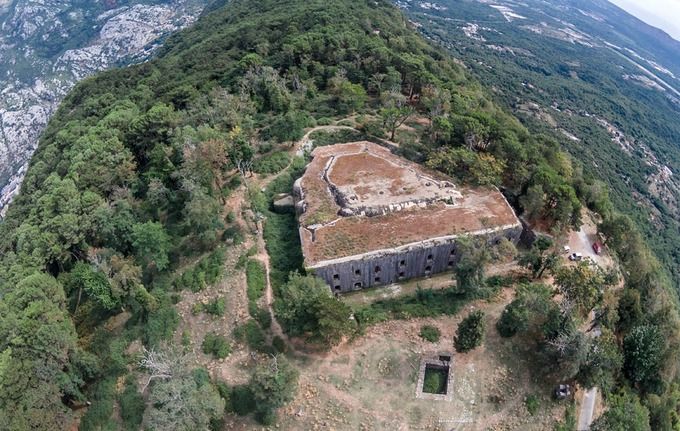
Established in 1860, the present structure was built between 1894–7 and saw action during the First World War when it was heavily bombarded by the Montenegrins. It was repaired and disarmed before the end of the war and was abandoned after a period of occupation by Yugoslav troops. Today it is one of the best preserved Austro-Hungarian fortifications in the Bay of Kotor area.
Fort Dvršnik
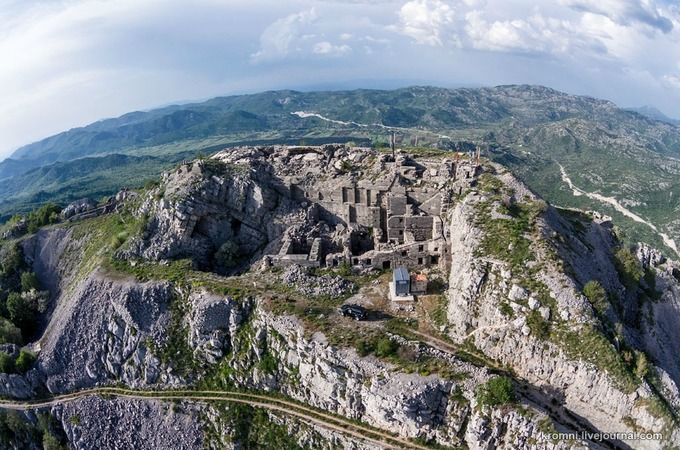
On August 10, 1914, the Montenegrin infantry delivered a strong attack against the Austrian garrisons, but they did not succeed in making good the advantage they first gained. They successfully resisted the Austrians in the second invasion of Serbia (September 1914) and almost succeeded in liberating Sarajevo.
Fort Verige
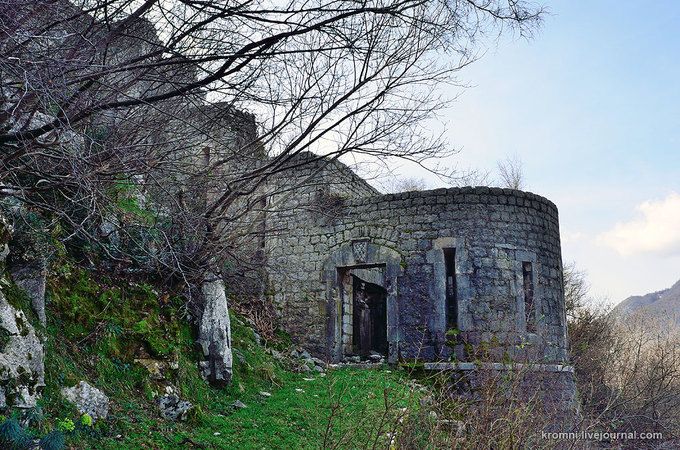
With the beginning of the third Austro-Hungarian invasion, however, the Montenegrin army had to retire before greatly superior numbers, and Austro-Hungarian, Bulgarian and German armies finally overran Serbia (December 1915). However, the Serbian army survived, and led by King Peter I of Serbia, started retreating across Albania. In order to support the Serbian retreat, the Montenegrin army, led by Janko Vukotic, engaged in the Thermopylae style Battle of Mojkovac (6–7 January 1916). Montenegro also suffered a large scale invasion (January 1916) and for the remainder of the war remained in the possession of the Central Powers. Thanks to by Aleksej Koimšidi for these wonderful images!
Source: Slavorum








